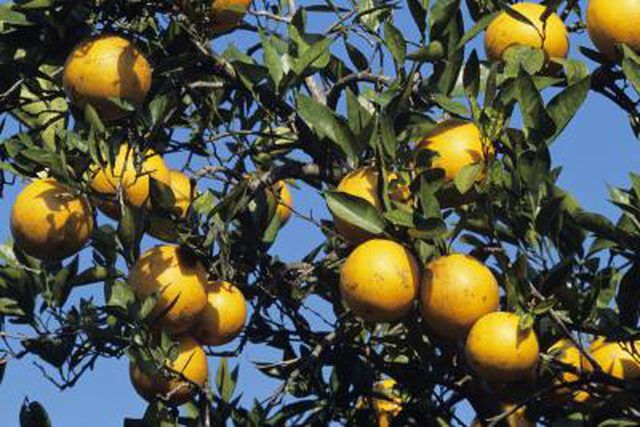Bulbs
Flower Basics
Flower Beds & Specialty Gardens
Flower Garden
Garden Furniture
Garden Gnomes
Garden Seeds
Garden Sheds
Garden Statues
Garden Tools & Supplies
Gardening Basics
Green & Organic
Groundcovers & Vines
Growing Annuals
Growing Basil
Growing Beans
Growing Berries
Growing Blueberries
Growing Cactus
Growing Corn
Growing Cotton
Growing Edibles
Growing Flowers
Growing Garlic
Growing Grapes
Growing Grass
Growing Herbs
Growing Jasmine
Growing Mint
Growing Mushrooms
Orchids
Growing Peanuts
Growing Perennials
Growing Plants
Growing Rosemary
Growing Roses
Growing Strawberries
Growing Sunflowers
Growing Thyme
Growing Tomatoes
Growing Tulips
Growing Vegetables
Herb Basics
Herb Garden
Indoor Growing
Landscaping Basics
Landscaping Patios
Landscaping Plants
Landscaping Shrubs
Landscaping Trees
Landscaping Walks & Pathways
Lawn Basics
Lawn Maintenance
Lawn Mowers
Lawn Ornaments
Lawn Planting
Lawn Tools
Outdoor Growing
Overall Landscape Planning
Pests, Weeds & Problems
Plant Basics
Rock Garden
Rose Garden
Shrubs
Soil
Specialty Gardens
Trees
Vegetable Garden
Yard Maintenance
How to Grow Calamansi From Cuttings
How to Grow Calamansi From Cuttings. Calamansi trees make ideal ornamental citrus trees in pots on a patio or planted in the landscape. This dwarf citrus produces small orange-like fruit year round. Though edible, the sour fruits are better left to adorn the trees branches then for eating or juicing, though you can use them to replace lemons in the...

Calamansi trees make ideal ornamental citrus trees in pots on a patio or planted in the landscape. This dwarf citrus produces small orange-like fruit year round. Though edible, the sour fruits are better left to adorn the trees branches then for eating or juicing, though you can use them to replace lemons in the kitchen. Calamansi trees, also called calamondin trees, have a thick, glossy-green canopy. Propagate calamansi trees from rooted cuttings to expand your collection of this Chinese native citrus variety.
Things You'll Need
Pruning shears
Spray bottle
Pot
Grit
Sand
Sawdust
Plastic bag
Rubber band
Make the cutting in late spring or summer when the calamansi tree is producing new growth. Select new growth that has hardened slightly. The wood should be springy but not brittle. Look for a branch that is beginning to turn from green to brown as it matures.
Cut the branch just below a leaf node or a set of leaves, using a pair of sharp pruning shears. Make the cut horizontal. Make a second cut 3 to 5 inches higher on the branch just above a set of leaves at a 45-degree angle.
Pinch off the leaves from the bottom of the cutting but keep the leaves at the top of the calamansi cutting.
Fill a hand-held spray bottle with water. Mist the cutting every few minutes after cutting it while you prepare the pot to keep the cutting from drying out.
Select a tall narrow pot. Use a pot with a 2- to 3-inch diameter top and 4- to 8-inch depth. Use a pot that has holes in the bottom to allow water to drain through.
Mix equal parts grit, sand and sawdust in a bucket. Blend the materials thoroughly and add water until the mix is damp and crumbly. Fill the rooting pot with the damp potting mix.
Insert the bottom 2 to 3 inches of the cutting into the pot. The bottom of the cutting has the horizontal cut and no leaves. Mist the leaves of the cutting with water to keep them damp.
Place a clear plastic bag over the top of the pot. Position it upside down with the mouth around the rim of the pot and the bottom of the bag covering the cutting to create a humid environment around the calamansi cutting. Secure the plastic bag around the lip of the pot with a rubber band.
Put the cutting in a room that has bright indirect light. Keep the cutting between 77 and 80 degrees Fahrenheit. Remove the plastic bag once or twice a week and mist the leaves and the rooting mix with water to keep the humidity high inside the plastic bag.
Remove the plastic bag when the calamansi cutting produces a mature set of new leaves. Plant it out into a nursery bed in spring. Calamansi cuttings grow 18 to 24 inches tall in the first year.